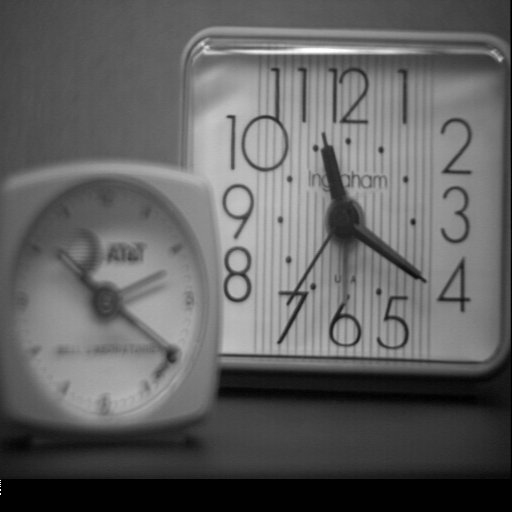
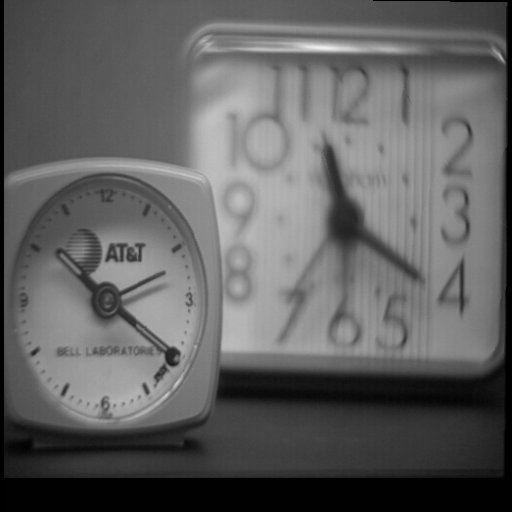
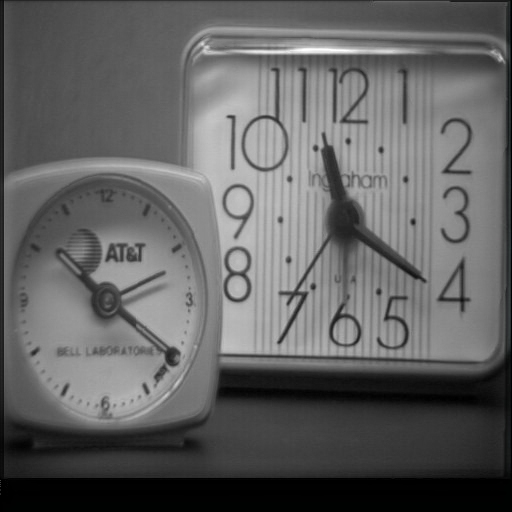
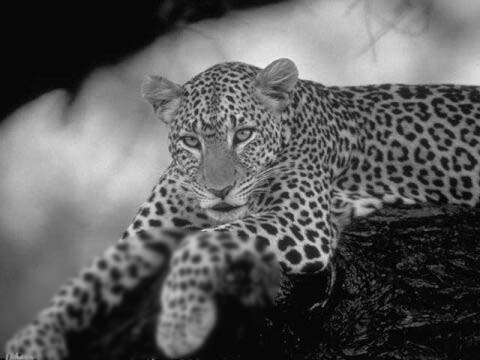
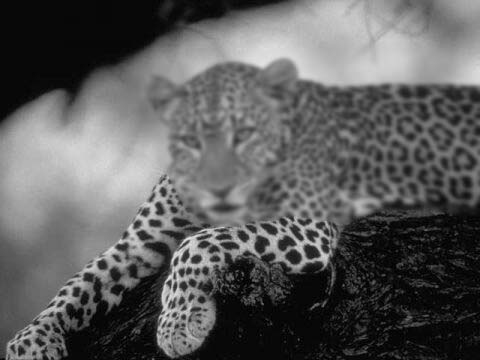
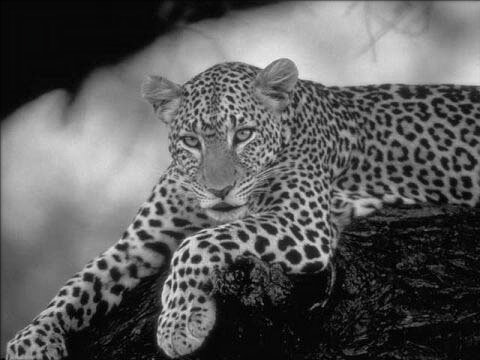
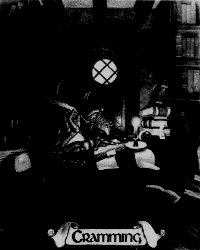
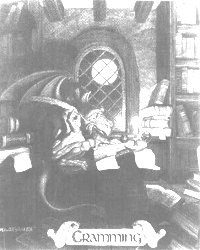
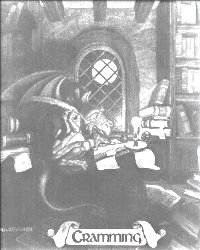
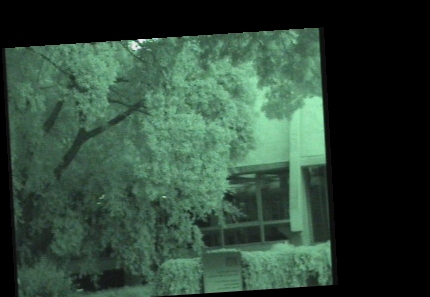
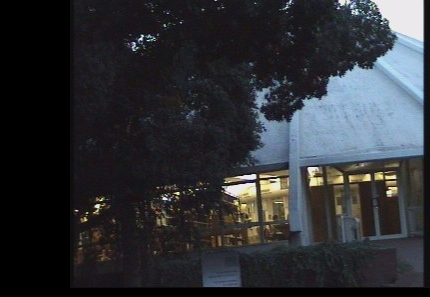
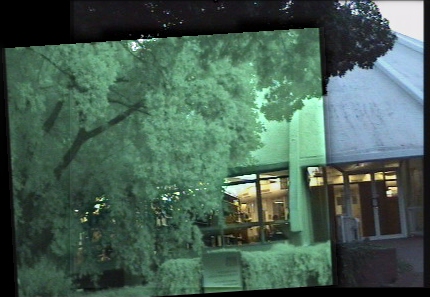
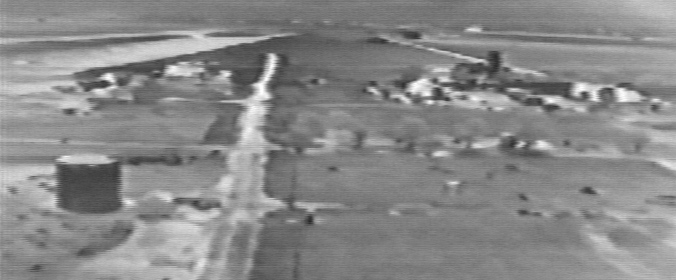
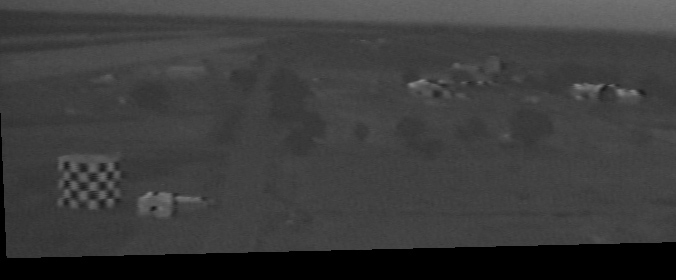
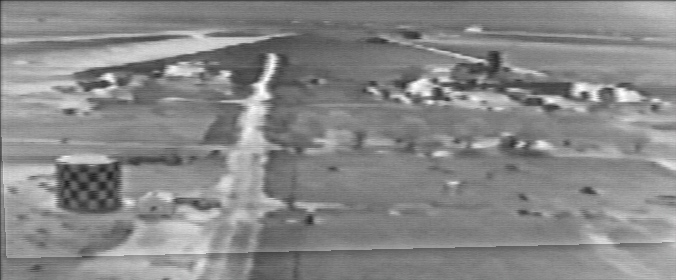
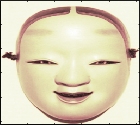
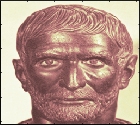
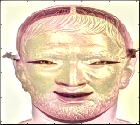
Copyright
(C) 2004-2006
by Alon Barnea and
Tal Hassner.
More information on the algorithm.
What does this program do?
Fusion is an image fusion software for MS-Windows.
It is used for fusing two images into one, while
attempting
to best preserve the information from each image. To understand what
can be expected from the program, please see the examples
further
down the page.
What can I use it for?
For example:
Ok, so where can I get this program?
Version 2.0.0.3 can be downloaded from right here! Please read the terms of usage before you download. The program has
been tested
on a WinXP system, but should work on any NT station. It supports 8bit
and 24bit BMP images.
Who wrote this and why?
This program is a workshop project submitted by Alon
Barnea as part of
his studies for a BA in Computer Science degree at
the Academic College of Tel-Aviv Yaffo.
The project was performed under
the supervision of Tal Hassner.
More information on the algorithm:
Fusion is an implementation of the algorithm
originally
described in the paper
Peter J. Burt & Raymond J. Kolczynski; "Enhanced Image Capture Through Fusion", ICCV 1993 pages 173 - 182.
Please see the original text for details.
It has been claimed
that this algorithm is imperfect,
producing "halo artifacts". We believe these artifacts are the result
of faulty implementations of the algorithm (e.g., gradient
misalignments). We have seen no evidence of such artifacts in results
produced by the software available here (see some examples
below).
Examples
All the following examples were produced using
the same, default
parameters. Click on the images to see full sized versions.
| First input image | Second input image | Result |
|
|
||
 |
 |
 |
 |
 |
 |
|
|
||
 |
 |
 |
|
|
||
 |
 |
 |
 |
 |
 |
 |
 |
 |
The IDF- IR images, the leopard, and "Cramming" examples were all taken from the "Introduction to Computer and Biological Vision" course home page at the Weizmann Institute of Science.
The Library near-IR filtered images were taken from the "Alignment of Non-Overlapping Sequences" project web page, courtesy of Yaron Caspi and Michal Irani.
The "Picture fusion" images were taken from the MATHWORKS site.
The clock images were taken from Metapix.
If you hold the copyright to one of these images and would like it removed from this page, please contact Tal Hassner, and we will remove it immediately.
Copyright (C) 2004-2006 by Alon Barnea and
Tal Hassner
The SOFTWARE ("Fusion") is provided "as is", without any guarantee made
as to its suitability or fitness for any particular use. It may contain
bugs, so use of this tool is at your own risk. We take no
responsibility for any damage that may unintentionally be caused
through its use.
You may not use the source to SOFTWARE or distribute SOFTWARE in any
form, without express written permission of the copyright holders.
This page maintained by Tal Hassner.
Last
modified:
11-Dec-2006